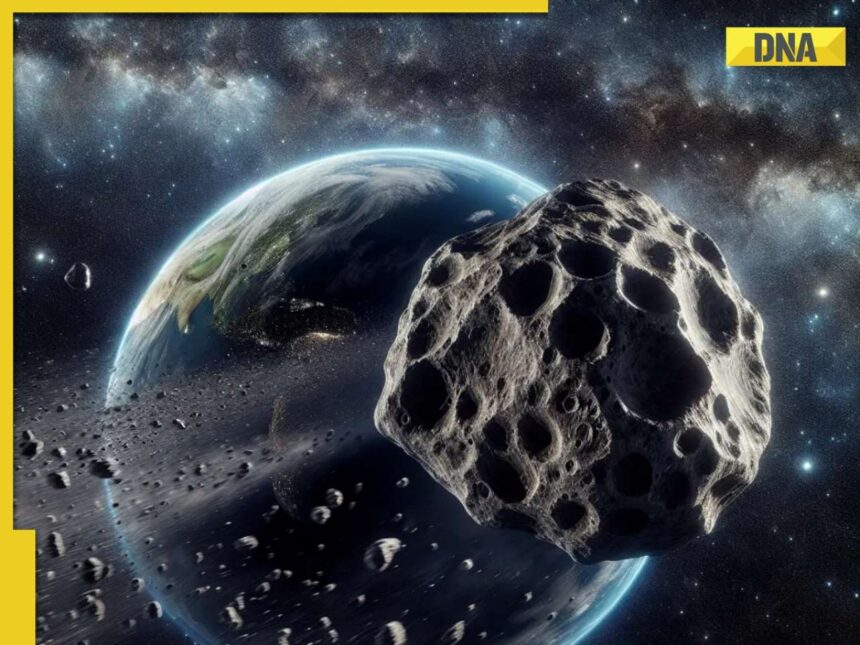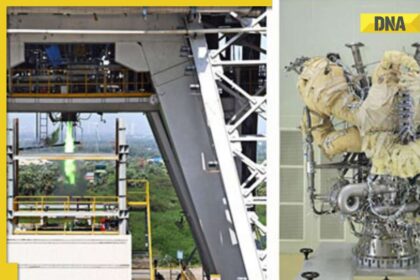Asteroid 2025 HY2: A Close Call in Space
Even though it’s fast and close, the asteroid 2025 HY2 will pass Earth at a distance of 6.8 million kilometers (4.2 million miles). While this might seem far, it’s considered a close call in space.
Earth is constantly at risk from potential hazards in space, and near-Earth asteroids are particularly worrisome. These space objects with orbits bringing them close to the planet in threatening proximity. While most pass harmlessly by, each near-flyby serves as a sobering reminder of Earth’s exposure.
Asteroid 2025 HY2, an Apollo-class asteroid, is currently being monitored by planetary defense researchers. These asteroids are closely watched due to their potential to change orbits over time due to gravity and solar radiation, potentially turning harmless space rocks into hazards.
Space agencies like NASA and ESA, along with observatories worldwide, continuously monitor these objects. The Center for Near-Earth Object Studies (CNEOS) and the Minor Planet Center collect and analyze data from a global network of astronomers.
This collaboration helps scientists predict asteroid orbits, improve simulations, and provide warnings. However, many smaller asteroids are still undetected until they are close to Earth.
Although 2025 HY2 isn’t classified as "potentially hazardous" (those larger than 140 meters), it is still significant, measuring about 120 feet (37 meters) in diameter, roughly the size of a Boeing 737.
If 2025 HY2 were to enter Earth’s atmosphere, the impact could be catastrophic. For example, the Chelyabinsk meteor, which exploded over Russia in 2013, was only 59 feet (18 meters) wide. It injured over 1,500 people, damaged thousands of buildings, and caused widespread panic.
A 2025 HY2 impact could cause damage twice as severe as the 2013 event, potentially destroying city blocks near the impact site.
While 2025 HY2 poses no immediate threat, its close approach is a stark reminder. Many similar asteroids remain undiscovered in our solar system, highlighting the need for continued monitoring.
Global efforts are advancing early warning systems, planetary defense missions, and asteroid deflection technology. NASA’s DART mission, for instance, was a significant step in demonstrating our ability to alter an asteroid’s trajectory.
As these objects approach Earth, the potential for disaster remains. Asteroid 2025 HY2 serves as a fresh reminder that defending our planet is not just a concept from science fiction but a necessary measure to prevent potential threats.








